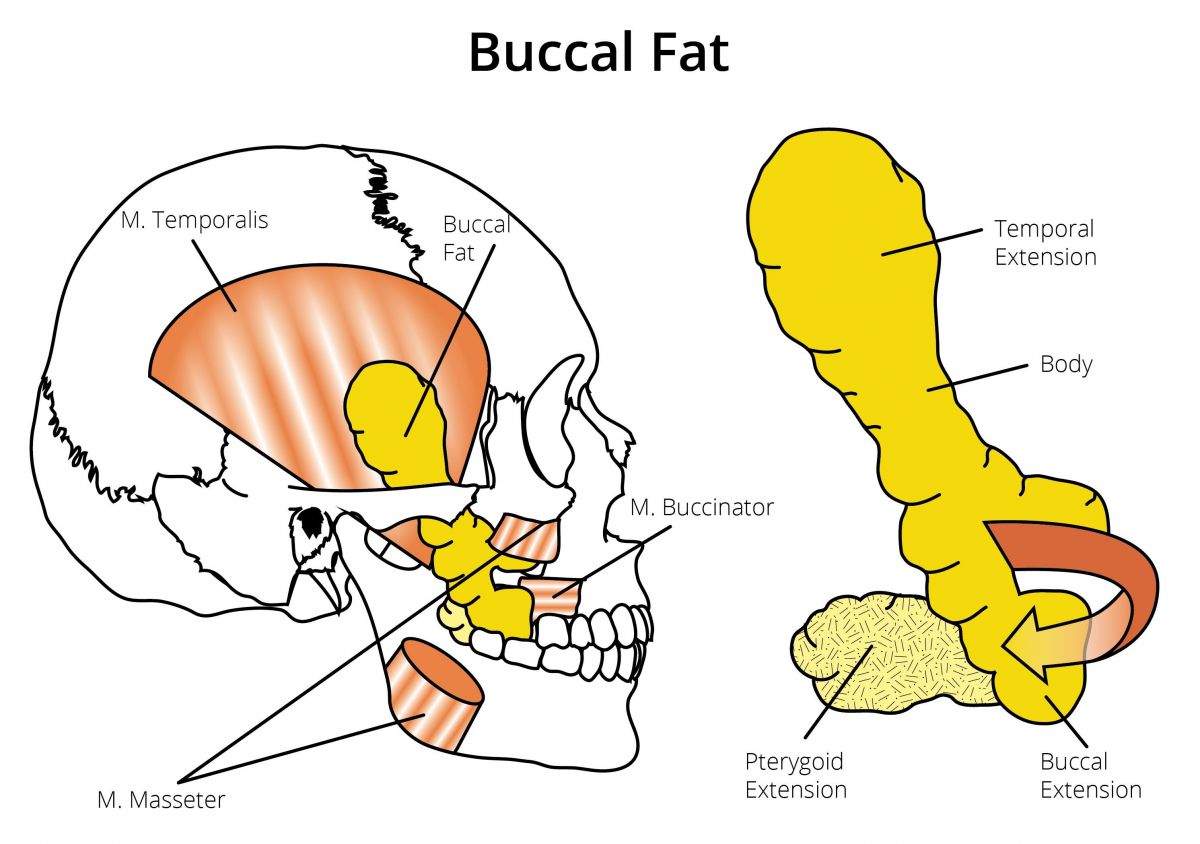Buccal Fat Removal

Do you want to get rid of your round and chubby cheeks?
Buccal fat removal is a surgical procedure that reduces the size of the buccal fat pads located in the lower part of the cheeks. This surgery helps to reduce chubby cheeks and achieve a more sculpted and defined facial appearance. The procedure specifically targets the cheeks to remove a portion of the buccal fat pad, resulting in a reduction in cheek fullness. If you are struggling with round and chubby cheeks, buccal fat removal can be an effective surgical option to address this concern.

How does it work?
Buccal fat removal is a surgical procedure that involves several steps:
Anesthesia is administered depending on the patient’s needs.
The surgery begins with an incision made inside the mouth near the back molars.
A portion of fat is then removed from the buccal fat pads, taking into account the desired outcome and the patient’s facial anatomy.
Finally, the incision is closed using dissolvable sutures.
Results: After a few weeks, the swelling subsides, and the desired outcome becomes apparent. The cheeks will appear more contoured and defined.
What are the potential risks and complications associated with buccal fat removal?
As buccal fat removal is a surgical procedure, it carries certain risks and potential side effects. Some common side effects include:
There is a possibility of infection if the surgical site is not kept clean.
Hematoma, which is the collection of blood, can occur after the surgery.
Minimal scarring may occur, even though the surgery is performed inside the mouth.
There is a possibility of uneven results, where one cheek appears different from the other in terms of volume or contour.
The buccal fat pads are interconnected with facial nerves, which means there is a risk of temporary nerve damage during the procedure.
Swelling after the surgery is common and will gradually heal over time.
It’s important to consult with a qualified surgeon who can explain the risks and potential side effects specific to your case and provide guidance to minimize these risks.
How long is the recovery period, and what can I expect during the healing process?
As for the recovery period, it may take a few weeks to months for your wound to fully heal. Swelling will be present initially after the surgery but will gradually subside over the course of a few weeks. During this time, it is important to follow a restricted diet and maintain good oral hygiene to aid in the healing process. Additionally, regular follow-up visits to the clinic as per your surgeon’s instructions are crucial for a smooth recovery.
Will there be visible scarring after the procedure?
The incision is made inside the mouth, resulting in no visible scars after the surgery. However, there may be minimal scarring, for which your surgeon may prescribe ointments to aid in scar healing and reduce the risk of permanent scarring.
Pre and Post care:
Pre and post care are essential for achieving proper results from the procedure. Here are some common pre and post care guidelines:
- Pre- Care
- Post-Care
- Consultation: Schedule a consultation with your doctor to discuss your concerns, expectations, and medical history. This will help the surgeon plan the procedure accordingly.
- Medical history: Provide your surgeon with your complete medical history, including any medications you are taking. This information will help determine your eligibility for the surgery and guide any necessary adjustments.
- Smoking cessation: If you smoke, it is important to quit smoking for a few weeks before the surgery. Smoking can impair the healing process and increase the risk of complications.
- Transportation planning: Arrange for someone to accompany you to the clinic on the day of the surgery and to drive you home afterward. You may be under the effects of anesthesia and unable to drive.
- Swelling and pain management: Apply cold compresses to the treated area to reduce swelling and alleviate any discomfort or pain. Follow your surgeon’s instructions on how to properly use cold compresses.
- Oral hygiene: Maintain good oral hygiene by rinsing your mouth gently with prescribed mouthwashes or saltwater solutions as recommended by your surgeon. This helps keep the surgical site clean and promotes healing.
- Diet modification: Follow your surgeon’s guidelines on dietary restrictions. You may need to consume liquid or soft foods for a certain period to aid in the healing process.
- Avoid heavy workouts: Avoid engaging in strenuous physical activities or heavy workouts during the recovery phase. Follow your surgeon’s recommendations regarding physical activity restrictions and gradually resume normal activities as advised.
- Follow-up visits: Attend all scheduled follow-up appointments with your surgeon for proper monitoring of your healing progress. These visits allow your surgeon to assess your recovery and address any concerns or questions you may have.

